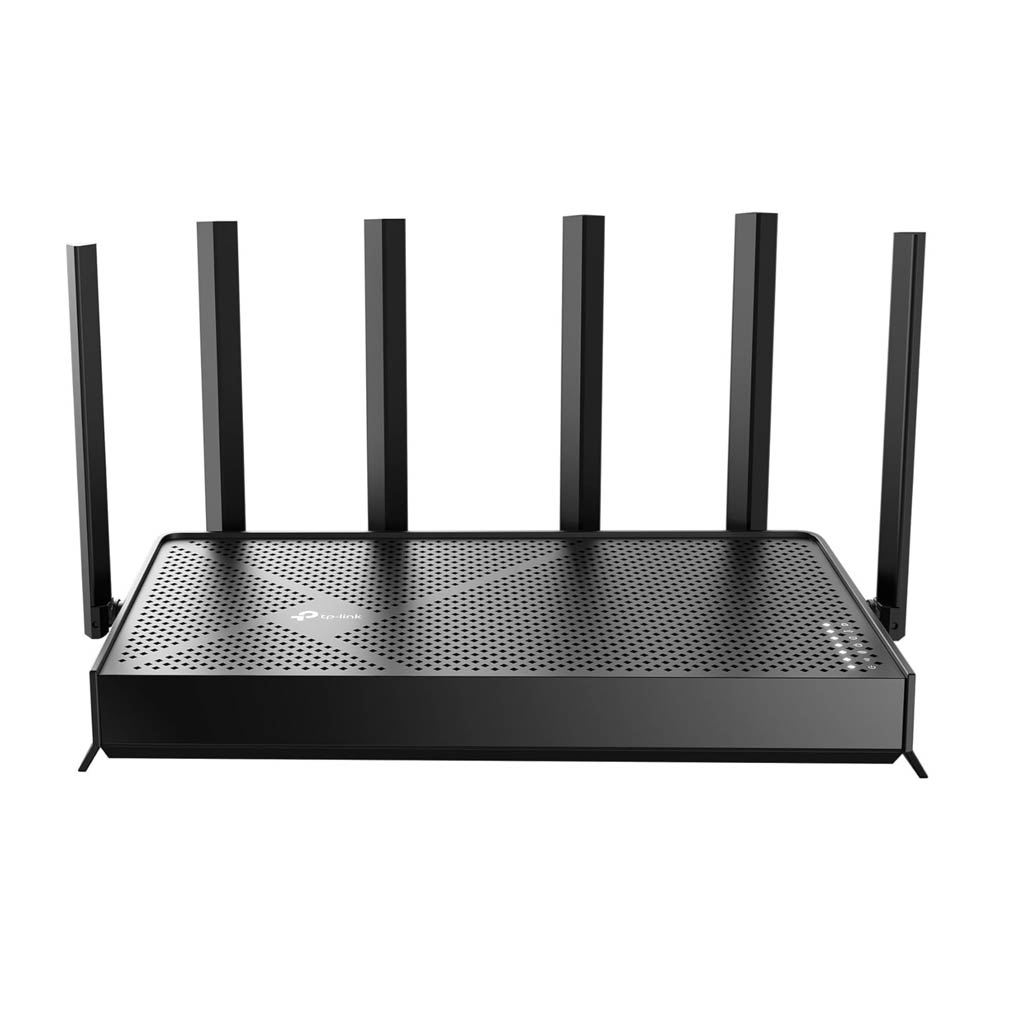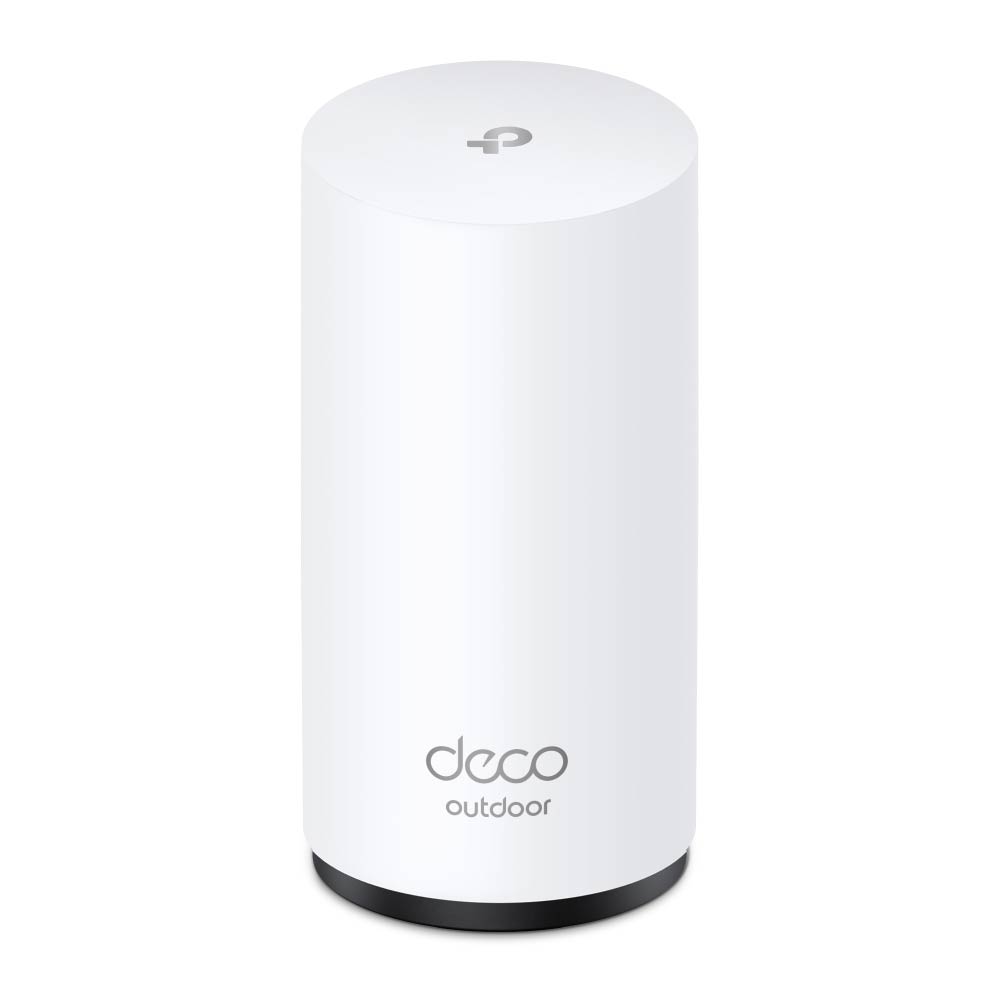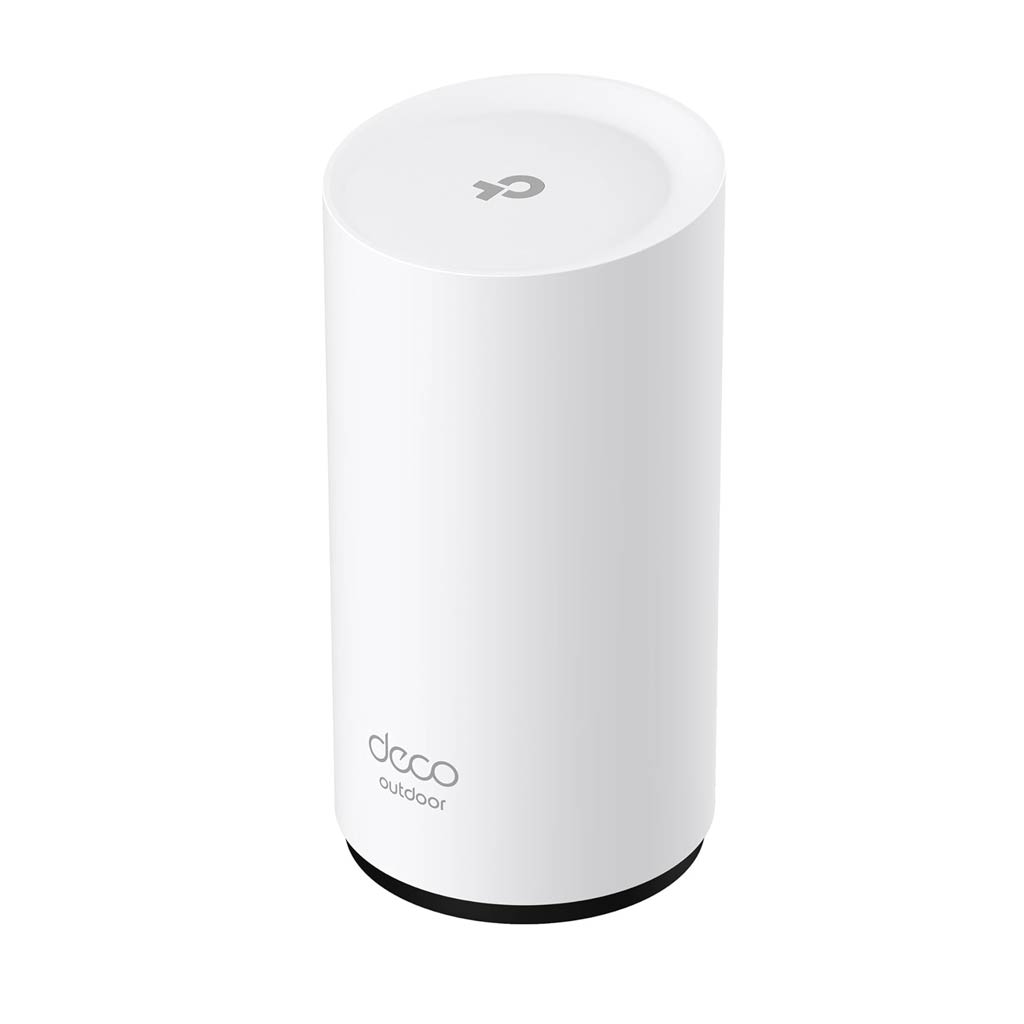Today, TP-Link announced the availability of an extensive collection of Wi-Fi 7 broadcasters, including routers, mesh systems, and extenders.
A few of them are new, and others were announced earlier this year during CES. Still, most, if not all, of them are simply slight variants of one another or of what the company has already put out on the market.
The result? It’s simply impossible to meaningfully tell many of them apart. In fact, even the names of some models alone can be unnecessarily cryptic or redundant.
It seems TP-Link’s main objective is that no matter in what direction you steer your search engine or your shopping cart, you’ll run into a piece of TP-Link Wi-Fi 7 hardware—not a good move considering it’s been accused of flooding the market. And since many of them are practically the same thing, confusion or even frustration is inevitable.

TP-Link 2025 Wi-Fi 7 hardware: Affordability is the key
The first thing to note is that all of the new hardware releases belong to the mid-tier or entry-level. None of them has the wow factor like the case of the previously released top-tier 10Gbps-capable Archer GE800, Archer BE800, or Deco BE85.
In fact, none of the new devices feature dual 10Gbps ports—only a few have one. The entry-level Multi-Gig 2.5Gbps ports and the dated Gigabit ports are the norm among them. In terms of Wi-Fi, none has the top-tier 4×4 specs thought out, either.
In return, they come with pricing that won’t break anyone’s bank. With that, let’s start with the routers.
New mid-tier Archer routers
The new routers are in the Archer family, including the Archer BE9700, Archer BE6500, and Archer BE5000. The numbers in the model names are the total combined bandwidth of the hardware’s Wi-Fi bands.
If you don’t like that type of telling naming convention, these three are also known as Archer BE600, Archer BE400, and Archer BE260, respectively. In this case, the numbers are kind of random, though higher generally means more capable hardware.
From the look of it, the Archer BE9700 is a variant of the Archer BE550 (a.k.a. Archer BE9300), while the rest are dual-band variants of the Archer BE230 (a.k.a. Archer BE3600). (TP-Link also has the Archer BE550 Pro, which is a BE9700 router.)
The table below shows the newly released routers’ detailed hardware specs vs. those of the existing Archer BE230 (a.k.a. Archer BE3600). If you think “they kinda look the same!”, you don’t need a new pair of glasses!
TP-Link Archer BE9700 vs. Archer BE6500 vs. Archer BE5000 vs. Archer BE230: Hardware specifications
| Model |  |  |  |  |
|---|---|---|---|---|
| Model Name | Archer BE9700 | Archer BE6500 | Archer BE5000 | Archer BE230 |
| Other Model Names | Archer BE600 | Archer BE400 | Archer BE260 | Archer BE3600 |
| Wi-Fi Bandwidth | Tri-band 9700 | Dual-band BE6500 | Dual-band BE5000 | Dual-band BE3600 |
| Antennas | 6x external | 5x external | 4x external | |
| 2.4GHz Wi-Fi Specs (channel width) | 4×4 BE: Up to 1032 Mbps (802.11be) (20/40MHz) | 2×2 BE Up to 688Mbps (20/40MHz) | ||
| 5GHz Wi-Fi Specs (channel width) | 2×2 BE Up to 2882Mbps (20/40/80/160MHz) | 4×4 BE Up to 5760Mbps (20/40/80/160MHz) | 2×2 BE: Up to 4324Mbps (20/40/80/160/240MHz) | 2×2 BE Up to 2882Mbps (20/40/80/160MHz) |
| 6GHz Wi-Fi Specs | 2×2 6GHz BE: Up to 5760Mbps (20/40/80/160/320MHz) | None | ||
| AiMesh-ready | Yes (EasyMesh) | |||
| Gigabit Ports | 3x LAN | |||
| Multi-Gig Ports | 1× 10 Gbps WAN/LAN 1× 2.5 Gbps WAN/LAN | 1x 2.5Gbps WAN, 1x 2.5Gbps LAN | ||
| Multi-Link Operation (MLO) | Yes | |||
| Automated Frequency Coordination (AFC) | No | N/A (applicable to the 6GHz band only) | ||
| Link Aggregation | No | |||
| Dual-WAN | No | |||
| Operation Mode | Router Mode Access Point Mode | |||
| USB Ports | 1 x USB 3.0 | |||
| Mobile App (optional) | TP-Link Tether | |||
| Dimensions | 13.52 x 9.25 x 3.90 in (34.34 x 23.4 x 9.9 cm) | TBD | 13.52 x 9.25 x 3.90 in (34.34 x 23.4 x 9.9 cm) | |
| Weight | TBD | 1.32 lbs (.6 kg) | ||
| Release Date | May 20, 2025 | July 2024 | ||
| Firmware Version (at review) | not tested yet | 1.0.3 Build 20240612 rel.13057(5553) | ||
| Power Input | 100 – 240V | |||
| Power Consumption (per 24 hours) | not tested yet | ˜ 195 Wh (as tested) | ||
| U.S. Price (at launch) | $249.99 | $149.99 | 129.99 | $99 |
All of the routers above feature TP-Link’s EasyMesh feature, meaning you can use multiple units to form a Wi-Fi system (preferably via wired backhauling). However, if you want to get purpose-built, app-operated hardware, TP-Link has a bunch of those, too.
New Deco systems, including outdoor hardware
Indeed, on the canned mesh Wi-Fi front, TP-Link has a couple of units that are variants of the Deco BE63 (tri-band) and Deco BE25 (dual-band).
It’s worth noting that some of the ones announced today are not new and have already been on the market for months—I reviewed the Deco BE25 itself a while back.
The reason? That’s like when you have too many indistinctive hardware variants, it’s easy to confuse yourself, especially when you’ve been busy proving that you’re an American company.

That said, the new purpose-built tri-band model is the Deco BE68. Or it’s the Deco BE67, depending on where you buy it. The two are identical in hardware, but the BE68 is made for Best Buy, whereas the BE67 is for everywhere else.
The second is the dual-band Deco BE3600, and it requires a bit of a footnote:
First, like others, it’s also known by another name, which is Deco BE23. However, it has a Walmart-exclusive variant that goes by the Deco WB10800, which is entirely out of the norm in TP-Link’s naming conventions. (Seriously, TP-Link, what’s going on?)
Other than that, there are two outdoor Deco units: the tri-band Deco BE65-outdoor and dual-band Deco BE25-outdoor. Both of them are available as an add-on unit to an existing Deco system. So far, they are also the only ones that don’t have other model names (yet).
The table below shows the detailed hardware specs of the new and not-so-new Deco sets that TP-Link announced today.
Deco BE65-Outdoor vs. Deco BE25-Outdoor vs. Deco BE67 vs. Deco BE25. vs Deco BE23: Hardware specifications
 |  |  |  |  | |
|---|---|---|---|---|---|
| Model Name | Deco BE65-Outdoor | Deco BE25-Outdoor | Deco BE67 | Deco BE25 | Deco BE23 |
| Other Model Names | None | Deco BE68 | Deco BE5000 | TP-Link BE3600, Deco WB10800 | |
| Pre-Synced Hardware | No (add-on) | Yes | |||
| Possible Dedicated Backhaul Band (default) | Yes | No | Yes | No | |
| Wired Backhaul | Yes | ||||
| Dimensions (WxDxH) | TBD | 4.23 × 4.23 × 6.93 in (107.5 × 107.5 × 176 mm) | 5.91 × 5.91 × 2.44 in (150 × 150 × 62 mm) | ||
| Weight (each unit) | TBD | 1.12 lbs (508 gram) | |||
| Wi-Fi Bandwith | Tri-band BE11000 | Dual-band BE5000 | Tri-band BE14000 | Dual-band BE5000 | Dual-band BE3600 |
| 1st Band (2.4GHz) | 2×2 BE: Up to 688Mbps (20/40MHz) | ||||
| 2nd Band (5GHz) | 2×2 BE: Up to 4324Mbps (20/40/80/160/240MHz) | 2×2 BE: Up to 2802Mbps (20/40/80/160MHz) | |||
| 3rd Band (6GHz) | 2×2 6GHz BE: Up to 5760Mbps (20/40/80/160/320MHz) | None | 2×2 6GHz BE: Up to 5760Mbps (20/40/80/160/320MHz) 6 GHz: 8647 Mbps (802.11be) | None | |
| Automated Frequency Coordination (AFC) | Yes | N/A | No | N/A | |
| Multi-Link Operation (MLO) | Yes | ||||
| Backward Compatibility | 802.11ax/ac/n/g/a/b | ||||
| Guest Network | Yes (one SSID assigned to one or both bands) | ||||
| IoT Network | Yes (one SSID assigned to one or both bands) | ||||
| Mobile App | Deco | ||||
| Web User Interface | Simple (status only, no local management) | ||||
| AP Mode | Yes (as a router or a mesh) | ||||
| USB Port | None | 1x USB 3.0 | None | ||
| Gigabit Port | None | 1 Auto-sensing | None | 2x Auto-Sensing | |
| Multi-Gig Port | 1x 2.5Gbps PoE+ 1x 2.5Gbps | 1x 2.5Gbps PoE+ | 1× 10 Gbps 1× 2.5 Gbps (auto-sensing ports) | 2x 2.5Gbps Auto-Sensing | None |
| Dual-WAN and Link Aggregation | No | ||||
| Firmware Version (at review) | not tested yet | 1.0.13 Build 20241108 Rel. 48139 | not tested | ||
| U.S. Release Date | May 20, 2025 | November 19, 2024 | |||
| Power Specs | PoE+ | PoE+ | Input: 100-240V | ||
| Real-World Power Consumption (per 24 hours) | not tested yet | ≈ 195 Wh (router) ≈ 135 Wh (satellite) | not tested yet | ||
| U.S. Launch Price | $299 | $129 | $699 | $299.99 (3-pack) $199.99 (2-pack) $129.99 (single router) (buy now!) | $199.99 (3-pack) (buy now!) |
Of all the 2-pack or 2-pack mesh sets above, you can get just a single unit to use as a standalone router and then scale up the coverage by adding more units, or units of different design or specs, such as the outdoor hardware.
Per TP-Link, the Deco BE65-Outdoor features AFC, and if so, it is the first home-grade hardware to do so. As a result, its 6GHz band will get extended coverage, comparable to that of the 5GHz band in regions where AFC is available.
Speaking of scaling up Wi-Fi coverage, TP-Link also announced Wi-Fi 7 extenders that work with an existing Archer router or any third-party router to extend the coverage.


New Wi-Fi 7 extenders
The final group of Wi-Fi 7 broadcasters announced today includes a handful of extenders. These devices connect to an existing Wi-Fi network and relay signals to extend coverage.
The new hardware includes the RE405BE (a.k.a. RE403BE), RE235BE, and RE3200BE (a.k.a. RE223BE). All of them are variants of the RE655BE (a.k.a. RE653BE) that came out a while back, or the routers or mesh hardware above. The RE3200BE, for example, is intended to be the Archer BE3600 above in terms of Wi-Fi specs.
Design-wise, they are all made to plug right into a wall socket. On this front, TP-Link says they are “carefully designed” so they won’t block any adjacent outlet, though that’s hard to imagine given their appearance.
Still, this type of design makes it challenging to find a good spot for the extender—you have to be lucky to have an unused wall socket at the optimal distance from the router.
The table below shows their quick hardware specs.
| Model | Quick Noticeable Specs | Base Model | Differentiation (from the base model) | Price | Retail Store | Availability |
|---|---|---|---|---|---|---|
| RE653BE (a.k.a. RE655BE ) | • Tri-band BE11000 • 2.5Gbps port • 320MHz max channel width | Deco BE65-Outdoor | No AFC Indoor only | $299 | Amazon (Best Buy) | Early 2025 |
| RE403BE (a.k.a. RE405BE ) | • Dual-band BE6500 • 2.5Gbps port • 160MHz max channel width | Similar to the Archer BE230 router in Wi-Fi specs | • Fewer ports • No routing function | $179 | Amazon (Best Buy) | May 2025 |
| RE235BE | • Dual-band BE3600 • 2.5Gbps port • 160MHz max channel width | Similar to the Archer BE230 router in Wi-Fi specs | • Fewer ports • No routing function | $149 | Best Buy | May 2025 |
| RE3200BE (a.k.a. RE223BE) | • Dual-band BE3200 • 2.5Gbps port • 160MHz max channel width | RE235BE | • Slightly less Wi-Fi bandwidth | $99 | Amazon Walmart | June 2025 |
All of the extenders above also feature TP-Link’s EasyMesh and will therefore work with any EasyMesh-enabled router to form a mesh system. On this front, you’ll note that while these extenders are pretty affordable, some of them cost the same or slightly more than the Archer router with the same Wi-Fi specs. For example, it’s actually cheaper to get two Archer BE3600 than to get a router and an extender. However, the extender’s compact design may be suitable in certain situations.
The takeaway
There you go. It took me many hours to conjure this short post with enough details, which are often not readily available to the public, so that the list of the new TP-Link Wi-Fi 7 hardware makes some sense. Hopefully, it’ll help you find out which is which before making a purchase.
While these TP-Link hardware options are similar across their respective lineups, the general rule is that if you run after low costs alone, you’re likely to end up with some surprises. Often, things are cheap for a reason.



Written professionally and clearly
Thanks for the article!
👍
Thank you.
👍
What’s up with the 2×2 stream spec in the 5 Ghz band with these new units? Considering that the 6 Ghz devices are pretty limited, they should at least bump the 5 Ghz band spec to 4×4 streams for the units costing more than $200. Only the BE6500 router looks decently priced for the spec, but it lacks the 6 Ghz band.
As mentioned, many of these hardware options don’t make much sense.
I’ve noticed this trend back with wifi 6e decos. you buy wifi 6e deco just to realize it has worst performance, not knowing they rolled back on 5ghz specs.
you really have to read all the specs sheets with tplink.
however I’m moving away from deco all together. their fourms and support is non existent. they barely drop firmware updates and just move on to the next product.
👍